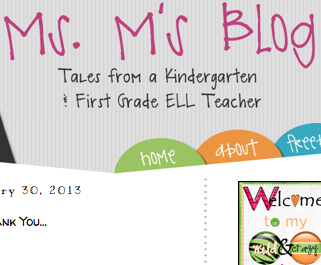Working Towards Independence, Keeping Language a Priority
In order for English Language Learners to work at an independent level on grade level materials, we need to focus on the language of the learning. When ELL students are in general education classrooms, what strategies will they be using? What will it look like? What will it sound like and what will they be expected to do to be an active member in the classroom and access learning at an independent level?
Get to know your students. Where are they in both BICS and CALP language development? How will we use the instructional materials provided in our classrooms such as McGraw-Hill, Rigby and the like as a vehicle to teach academic language and concepts?
To access the General Education pacing guides for reading, the language required for each skill taught and the common strategies that are used across grade levels, please see the following supports generated by the ELL Instructional Coaches:
ELL Language Support Guides by Grade Level
Language Continuums
Language Continuum for Comprehension Skills and Strategies
Language Continuum for Grammar
Langauge Continuum for Vocabulary Strategies
Pacing Guides Across Grade Levels
Comprehension Strategies Pacing
Click here for supports in planning and using online resources, as well as for recommendations about what pieces would be most appropriate for use in instructing language learners.
Click here for supports for Kindergarten and First grade in using online resources.
To utilize some of the components McGraw-Hill Wonders curriculum in your ELL classroom digitally, please click here.
For further information about why ELLs need to have language presented at their language level and scaffolded instruction in order to progress through both language learning and speaking, listening, reading, and writing, please read more here.

